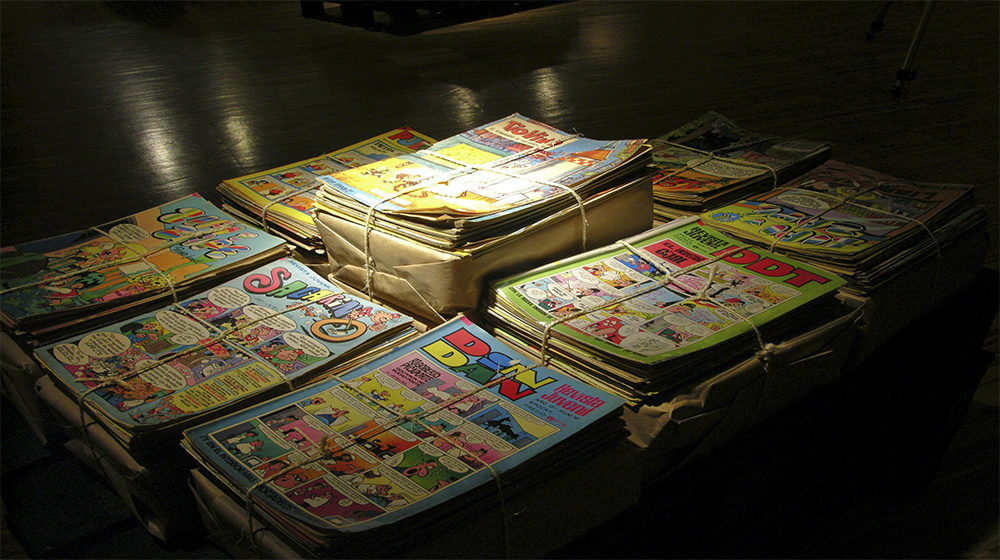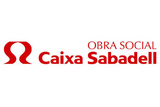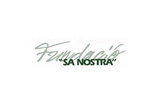Exhibition
The Bruguera factory
From Carpanta to the Gilda Sisters, from Mortadelo to Super López... Not forgetting the famous 13 Rue del Pércebe... Because Editorial Bruguera's characters have left their mark on Spanish humour since the 1940s. We're presenting original comic strips and reproductions of cartoons to show how the humour of those characters is still very relevant today.
The Bruguera comic factory brought together a large staff of cartoonists who, using a sense of humour based on local customs seasoned with an acid view of Spanish society, defined the essence of Bruguera humour. Vázquez, Ibáñez, Escobar and Segura, along with many others, created countless characters who all respond to specific archetypes: Thwarted lives, Impossible heroes, Blissfully ignorant, The sadistic brotherhood or Professional incompetence.
Television series and Spanish film have now recovered this world. They reproduce not only similar scenarios and plots, but also character types and a philosophy of life based on cock-ups, misunderstandings and frustrated hopes.
Curators: Carles Santamaria, Jaume Vidal
1 -THE BRUGUERA HUMOUR FACTORY
The exhibition starts with an explanation and a stage set of Bruguera as a veritable humour factory, and calls for the application of the term culture industry for the publishing house. Both the production process and the end product are sufficient justification.
In 1910 Juan Bruguera set up El Gato Negro publishing house, specialising in serialised novels, books of jokes and popular biographies. Following in the footsteps of TBO magazine, in 1921 it created the weekly publication Pulgarcito , with comic strips, stories and puzzles, which was very well received. In 1939, his sons, Pantaleón and Francisco Bruguera, decided to change the name of the firm, which then became Editorial Bruguera. In 1947, Pulgarcito began to be published regularly and in the following years, the publishing house boomed thanks to children's comic books that were also read by adults. Bruguera consolidated its position in the publishing market not just with humorous comics such as DIN DAN , DDT , Tio Vivo and Pulgarcito , but also with the publication of popular novels and adventure comic strips such as Capitán Trueno. The paternalist company became an authentic multinational of publishing, which underwent a crisis in the 1980s. Curiously, comics were always one of its most successful publishing areas.
2 - CHARACTER TYPOLOGY
The Bruguera comic factory brought together a large staff of cartoonists who, using a sense of humour based on local customs seasoned with an acid view of Spanish society, defined the characteristic features of the Bruguera School: the essence of Bruguera humour . Cartoonists such as Vázquez, Ibáñez, Escobar and Segura, along with many others, created countless characters who all respond to specific archetypes. The exhibition presents five ways of seeing life, according to the following typology: Thwarted lives, Impossible heroes, Blissfully ignorant, The sadistic brotherhood and Professional incompetence.
A. Thwarted lives. This group includes the characters who never get what they want and therefore live wretched lives .
Rigoberto Picaporte, solterón de mucho porte
Pepe el ‘hincha'
Doña Urraca
Carpanta
Don Pío
B . Impossible heroes: characters who want to save the world but only cause catastrophes .
Sir Tim O'Theo & Patson
Superlópez
Mortadelo y Filemón, agencia de información
Anacleto, agente secreto
Don Furcio Buscabollos
C. Blissfully ignorant: characters who live in their own worlds away from the rules of society.
Rompetechos
Agamenón
Carioco
La Abuelita Paz
Ángel Siseñor
Aspirino & Colodión
D. The sadistic brotherhood. characters that embody generational conflicts between adults and children (Zipi & Zape, and La terrible Fifí) and adults and adolescents (La Panda and Lily), where dialogue is conspicuous by its absence.
Las hermanas Gilda
La terrible Fifí
Zipi & Zape
La familia Churumbel
La familia Cebolleta
Lily
La panda
Los señores de Alcorcón y el holgazán de Pepón
E. Professional incompetence: characters who are complete disasters in their work as a result of apathy or incompetence.
El caco Bonifacio
El Botones Sacarino
El Doctor Cataplasma
Pepe Gotera y Otilio, chapuzas a domicilio
El profesor Tragacanto y su clase que es de espanto
Petra, criada para todo
El reportero Tribulete que en todas partes se mete
3 - LEG IT!
The Bruguera comic strips are self-contained. The punch line therefore merits particular attention in the exhibition. The last frame presents the explosive end of the joke, a rather unhappy end that illustrates the blow to the protagonist(s), be it physical (chase, blow, fall) or psychical (stupefaction, surprise, disappointment!). Graphically, the last frame is also very forceful and sums up the constants of plot and style that need to be highlighted.
4 - THE RELEVANCE TODAY OF BRUGUERA HUMOUR
The Bruguera humour factory was a cultural industry that has survived in new versions of its most popular characters and lives on in re-publications brought out by Ediciones B. Television series and Spanish film have now recovered this world. They reproduce not only similar scenarios and plots, but also character types and a philosophy of life based on cock-ups, misunderstandings and frustrated hopes.
This final section of the exhibition develops its main thesis: the applicability of Bruguera humour in the imaginary of contemporary Spanish society.


